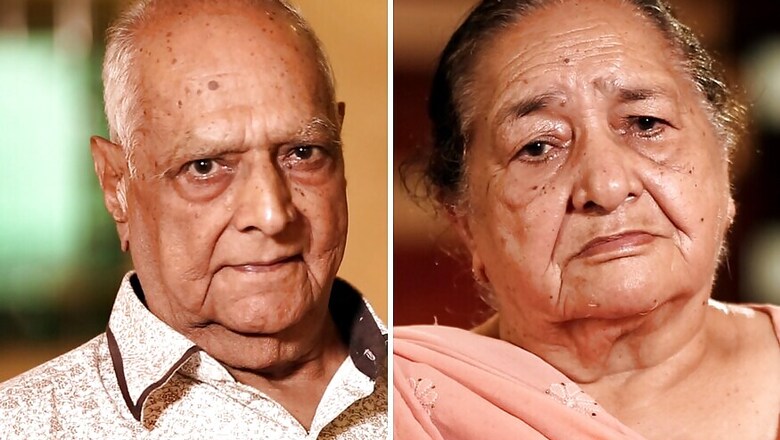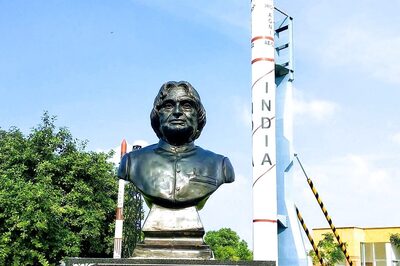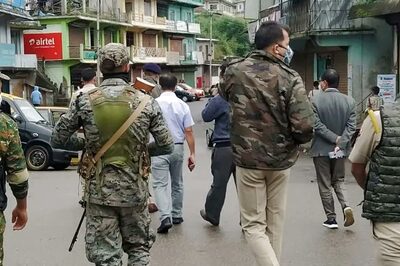
views
New Delhi: The Om tattoo on Sita Rani's left hand has faded over the years. Hers are hands where fate lines have defied odds, defied death. Sometimes her hands shake, the veins become pronounced and tears swell in her eyes.
It's hard for her to remember when the Aum symbol was etched on her hand – perhaps a few years before Cyril Radcliffe drew a line partitioning India and Pakistan. Sita was 15, the youngest in a wealthy family of jewellers in Narwala village of Sialkot in Pakistan. She was engaged to Chandra, a student of engineering in DAV Lahore. The marriage was to take place soon, but the summer of 1947 changed their lives forever.
As village after village burnt, including the house she grew up in, many like her family simply walked away from everything they had. When they started from Narwal village, they were a family of nine. Along the way, the father and brother were beaten to death by mobs. Her three sisters-in-law, one of them pregnant, jumped into a well. It was a death of honour, better than the possibility of rape, torture or murder that could be their fate before they crossed the border – a border that was still ambiguous.
Do you remember those months of 1947? Their eyes freeze just for a second, and then Sita utters, in slow halting words, "How can that ever be forgotten?"
Scared and shattered, Sita found shelter in a Muslim home. She converted to Islam for those days, sitting in an old haveli, her head covered, with a family unknown to her and reading the Quran often. It was the only way to survive till her brother found her and brought her home.
Her fiance, 18-year-old Chandra was to undertake a parallel journey to reach the Indian side. He grew up in the Gujranwala district of Pakistan and etched that name to the refugee colony in Delhi, where they finally settled and made home. Today, the town in north Delhi has big houses, a far cry from 70-years ago. But every door houses a story like that of Sita and Chandra.
Chandra was travelling in a convoy too. The Kafilla, a group of 10-15 people would walk, alert and silent, for days before they reached a refugee camp. "My aunt was carrying her 10-month old baby who would occasionally cry and make noises. People got angry and asked my aunt to leave the baby or all of them would get killed. For everyone’s sake, she drowned her baby into a river and said goodbye.”
Chandra landed in Delhi and Sita in Amritsar. Both families had lost everything – money, family members and were now living on the footpath. Chandra began selling toothpaste and other small items by the road side in Delhi's Connaught Place and remembers asking every passing person if they had seen Sita or knew the whereabouts of the family. Finally in 1949, through an acquaintance the two families got to know about each other's existence. Sita and Chander were married under the dim lights of two bulbs on the footpath where they worked.
Today, their palatial house in Gujranawala in North Delhi has no dearth of light or happiness – children, grandchildren, a flourishing business and a home.
But then you only have to look closely at Sita's Aum tatoo, fading among her veins or how the husband-wife look at each other, to know what all they have lost to come this far.

















Comments
0 comment